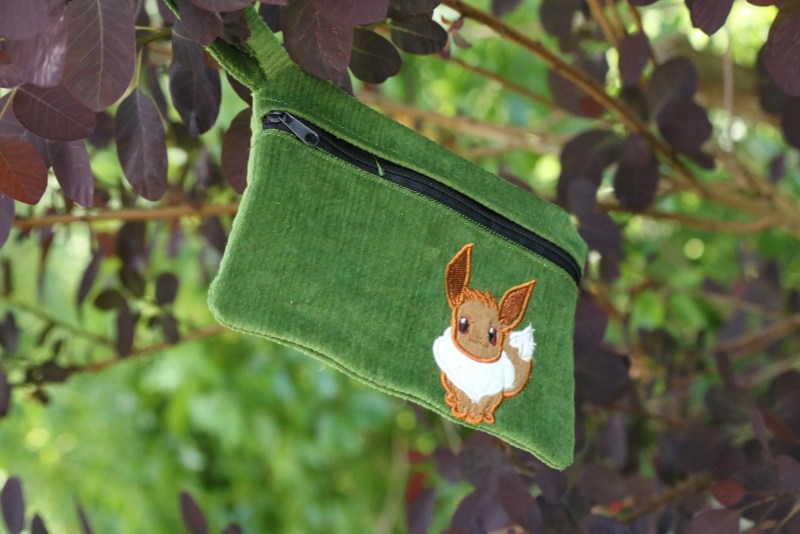Works on this project are finished, so today I will share three more of the resulting products with a bit of commentary about the lessons learned with each.
First a knife with handle from larch.
This single piece is one of the biggest reasons why I have lost a lot of time with the finishing of handles. Larch wood, as it turns out, is pretty, but it is really shitty for knife handles. It is softwood, but that would not necessarily be a problem in itself. The problems are two: 1) It is stringy, so it has a tendency to tear-out, burning, and gumming up belts. 2) The late-summer-growth is significantly harder than the spring growth and that causes all kinds of problems when trying to shape it to anything other than a plank.
Further, the ammonia fuming did nearly nothing to it, except perhaps making it a bit darker.
I suspected that it is probably not a very good wood for this purpose, and my suspicion was confirmed. I won’t use this wood anymore unless perhaps stabilized with resin. I only used this one piece because it was a gift by a former colleague, who is in turn the intended recipient of this knife. The result is not ugly, but it is much more work than it is worth.
Next is jatoba.
This was commissioned, so this is the only blade that will be sold (for a very moderate price). Part of the order was the etched star on the left side. I am a bit anxious about how the knife will be perceived. This customer too was warned that they cannot expect perfection, because I am still learning, but you never know. If they toss it on my head, I will have to deal with it.
I probably will not bother with treating jatoba with ammonia in the future, not in big chunks. It only makes the wood significantly darker and it is prone to develop cracks in due course, nothing else. It is not ugly – otherwise, I would toss it away – but I personally do not think it is worth the hassle. What untreated jatoba looks like you can see here.
And last today cherry.
I am a bit ambiguous about how this turned out. I love the look of untreated cherry wood (see here) and I was hoping perhaps, that the orange color will become richer and deeper. Instead, it has turned into chocolate brown. Not ugly brown, mind you, but brown all the same. Cherry wood is also very prone to develop cracks, but these two pieces almost miraculously were crack-free, I suspect that the strictly perpendicular and straight grain orientation has played a role (they were split from a log, not cut). I will perhaps do the fuming for cherry in the future for thinner pieces with straight grain to use them as a contrast with untreated cherry for intarsia, spacers, inserts, etc. The wood is a joy to work treated as well as untreated, I would use nothing else if I had enough of it.
I have messed up the etch of the number, you can see the straight line where I have accidentally run with the etching graphite rod over the edge of masking tape. But nobody is going to complain about this, because I am keeping this knife for myself.
There will be one more post with the remaining six knives and then we shall look at the time-analysis.
































